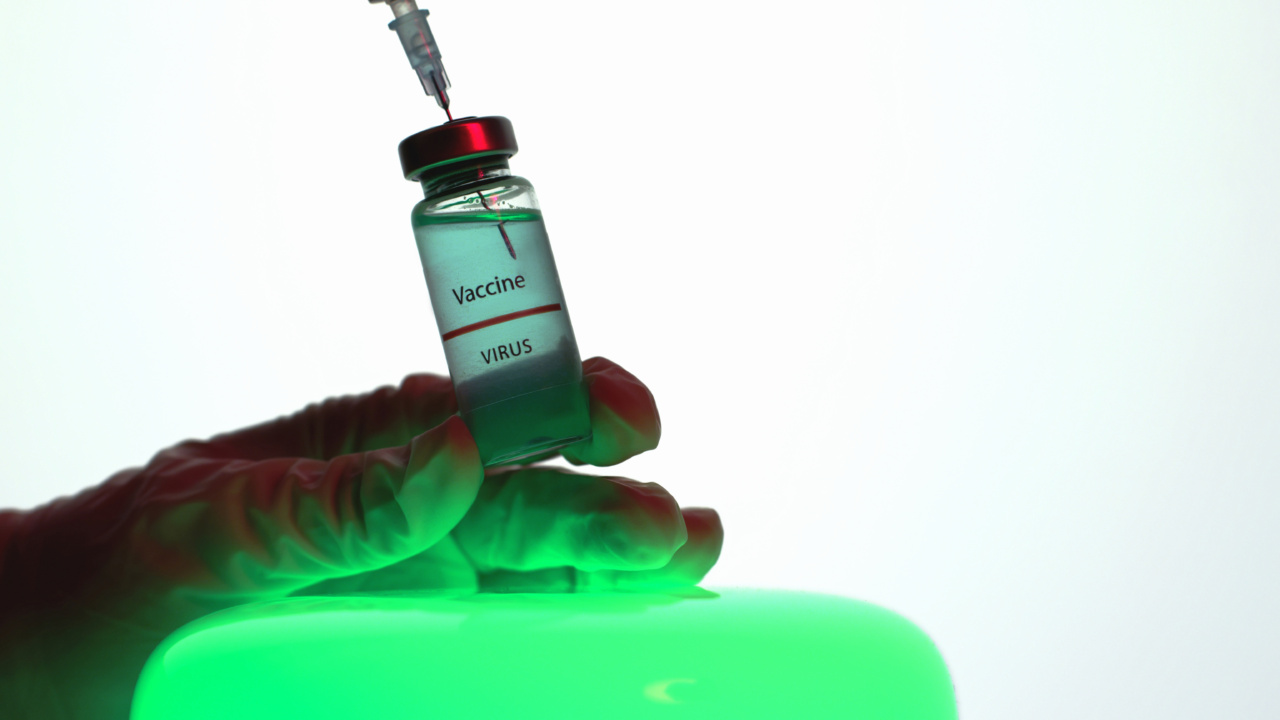Infection treatment has been revolutionized by the discovery of antibiotics. Since the introduction of penicillin in the 1940s, antibiotics have saved countless lives and prevented countless more infections from becoming serious illnesses.
However, the overuse of antibiotics has led to the development of antibiotic-resistant bacteria, making it increasingly difficult to treat bacterial infections. In recent years, researchers have been exploring non-antibiotic options for infection treatment. Here is a look at some of the most promising non-antibiotic options for the future of infection treatment.
1. Phage Therapy
Phage therapy is a form of treatment that uses viruses that infect bacteria called bacteriophages, or phages, to kill bacteria. Phages are highly specific, meaning that each phage only infects one particular type of bacteria.
This specificity makes phages less likely to harm beneficial bacteria in the body. Phage therapy has been used for decades in Eastern Europe and is now gaining interest in the West as a potential alternative to antibiotics.
2. Immunotherapy
Immunotherapy is a form of treatment that harnesses the body’s immune system to fight infections.
This approach involves developing therapies that target specific cells or molecules in the immune system to boost the body’s natural ability to fight off infections. One example of immunotherapy is monoclonal antibody therapy, which uses antibodies that are specifically designed to target and neutralize specific bacteria or viruses.
3. Silver Nanoparticles
Silver nanoparticles have been shown to have antimicrobial properties, making them a potential alternative to antibiotics.
Silver nanoparticles can disrupt the structure of bacterial cells, making them less able to defend themselves against the body’s immune system. Additionally, silver nanoparticles have been shown to be effective in treating infections caused by antibiotic-resistant bacteria.
4. Probiotics
Probiotics are beneficial bacteria that live in the body and can help maintain a healthy balance of microorganisms in the gut. Probiotics have been shown to have antimicrobial effects and can help prevent or treat some infections.
Probiotic therapy involves the use of live microorganisms to restore the balance of beneficial bacteria in the body. This approach has been explored as a potential alternative to antibiotics for treating certain bacterial infections.
5. Peptide Antibiotics
Peptide antibiotics are a class of antimicrobial peptides that are naturally produced by many organisms, including humans. Peptide antibiotics are effective against a wide range of microorganisms, including bacteria, fungi, and viruses.
Unlike traditional antibiotics, which target specific bacterial structures or processes, peptide antibiotics work by disrupting the cell membrane of the microorganism, making them less able to survive in the host. Peptide antibiotics have shown promise in treating infections caused by antibiotic-resistant bacteria.
6. Essential Oils
Essential oils are concentrated plant extracts that have a wide range of therapeutic properties.
Some essential oils, such as tea tree oil and oregano oil, have antimicrobial effects and have been shown to be effective against a range of microorganisms, including bacteria, fungi, and viruses. Essential oils can be used topically, orally, or inhaled as aromatherapy to treat infections.
7. Photodynamic Therapy
Photodynamic therapy is a form of treatment that uses light and a photosensitizing agent to kill microorganisms. The photosensitizing agent is administered to the body and then activated by specific wavelengths of light.
When activated, the photosensitizing agent produces reactive oxygen species that damage the microorganism’s cell membrane, making it less able to survive in the host. Photodynamic therapy has been shown to be effective against a range of microorganisms, including bacteria, fungi, and viruses.
8. Antiviral Therapies
Antiviral therapies are treatments that target viral infections. These therapies work by inhibiting the replication or entry of the virus into host cells.
Antiviral therapies include drugs such as oseltamivir, which is used to treat influenza, and acyclovir, which is used to treat herpes infections. Antiviral therapies have the potential to be used in combination with other non-antibiotic treatments to prevent or treat a wide range of infections.
9. Natural Remedies
Natural remedies have been used for centuries to treat a range of illnesses, including infections. Some natural remedies, such as honey, garlic, and echinacea, have been shown to have antimicrobial properties.
These remedies may be used alone or in combination with other non-antibiotic treatments to prevent or treat infections.
10. Gene Editing
Gene editing is a new technology that allows scientists to modify the genes of living organisms.
Gene editing has the potential to be used to create bacteria that are unable to cause harm to humans or to develop new antimicrobial agents that are more effective than antibiotics. While gene editing is still in the early stages of development, it has the potential to revolutionize the way we treat infections in the future.
Conclusion
The overuse of antibiotics has led to the development of antibiotic-resistant bacteria, making it increasingly difficult to treat infections.
Non-antibiotic options for infection treatment, such as phage therapy, immunotherapy, silver nanoparticles, probiotics, peptide antibiotics, essential oils, photodynamic therapy, antiviral therapies, natural remedies, and gene editing, have the potential to provide more effective and safer options for infection treatment in the future.































